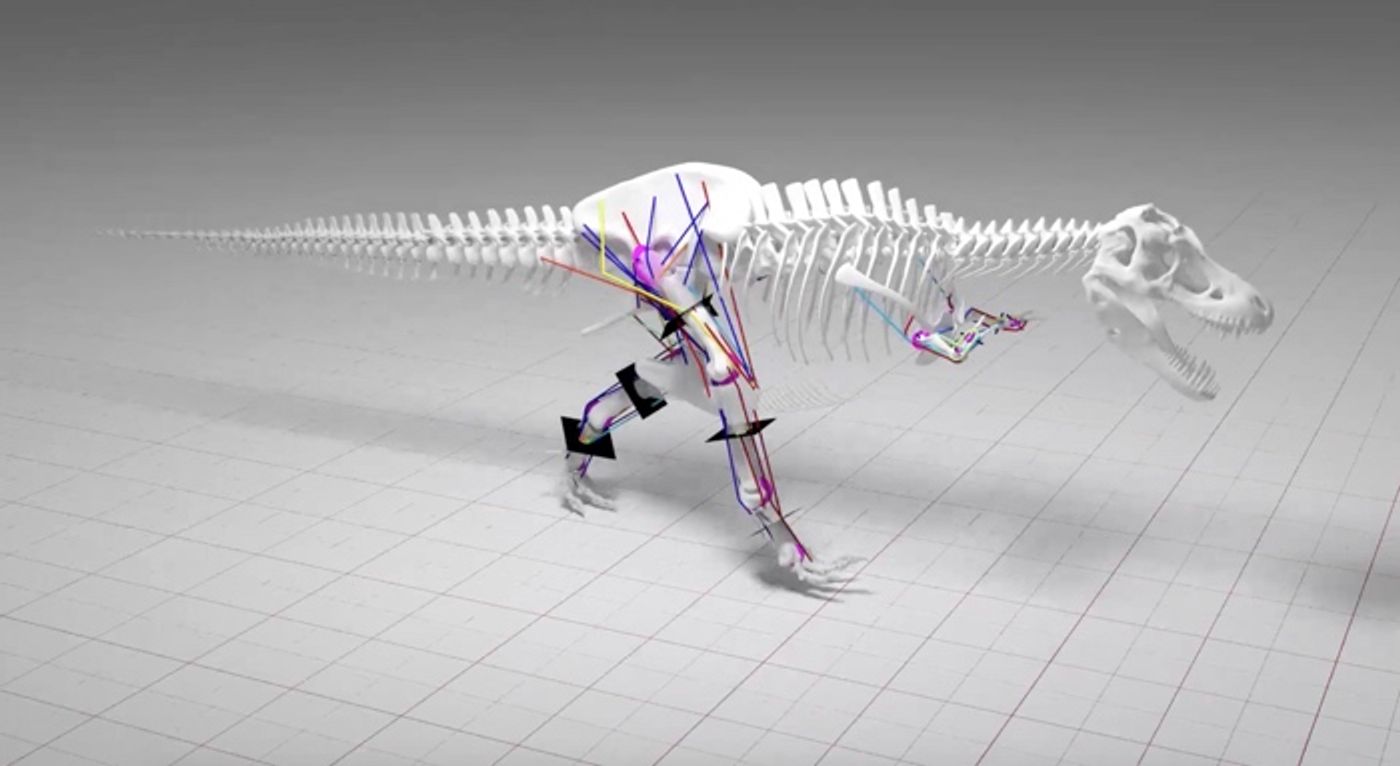T. Rex Couldn't Run, Research Finds
Perhaps we don’t know as much about the dinosaurs as we initially thought. Even the legendary Tyrannosaurus Rex, which is easily one of the best-known dinosaurs to walk the Earth, is hiding several secrets.
Image Credit: DominikRe/Pixabay
Despite the reptilian monster Hollywood made T. Rex out to be, we’ve recently learned that most dinosaurs (including T. Rex) were probably bird-like by nature and covered in feathers. Additional findings have also uncovered the possibility that dinosaurs probably didn’t even roar.
If science hasn't spoiled the intimidation factor of the T. Rex for you already, then hold onto your seats. A new study published in the journal Peer J now suggests that T. Rex couldn’t even run. Instead, the beast was lucky if it could move at a brisk walking pace.
“Paleontologists have been arguing for years about how fast (T. Rex) could run because this would tell us something about its hunting style and the way it caught its prey,” professor William Sellers said to BBC News.
Related: How hard could the T. Rex bite?
Conceptualizing the idea of a carnivorous predator that can’t run seems silly, but researchers based out of the University of Manchester say they concluded these results after assessing computer models and simulations of the T. Rex’s biomechanics.
Image Credit: University of Manchester
“This project used a highly realistic computer simulation to predict how T. rex moved, and it shows that running would have been impossible because its skeleton just isn't strong enough,” Sellers continued. “That means that T. rex was actually quite slow and therefore not a pursuit predator.”
The problem lies in the creature’s massive body size and weight, which needed to be supported by its two legs. If it had tried to sprint, the leg bones would have experienced bone-breaking stresses. While some dinosaurs walked on four legs to better support their weight, T. Rex didn’t have this luxury, and its two stubby arms were pretty much useless for sprinting.
At its quickest pace, T. Rex may not have exceeded 12 miles per hour. Compared to a human, that’s a bit fast for a walk, but they only moved at this speed because they were so large and their legs could cover more ground with each footstep.
The news has implications for T. Rex’s capabilities as a predator. Chances are, these dinosaurs were small and agile enough to run around at a young age, but after growing up, they would become too large to be agile and would have to change their hunting habits.
Perhaps other dinosaur species exhibited similar speed limitations, but it’s difficult to know for sure. The only things we have to tell their story today are the bone fossils they left behind.
Source: University of Manchester via BBC










